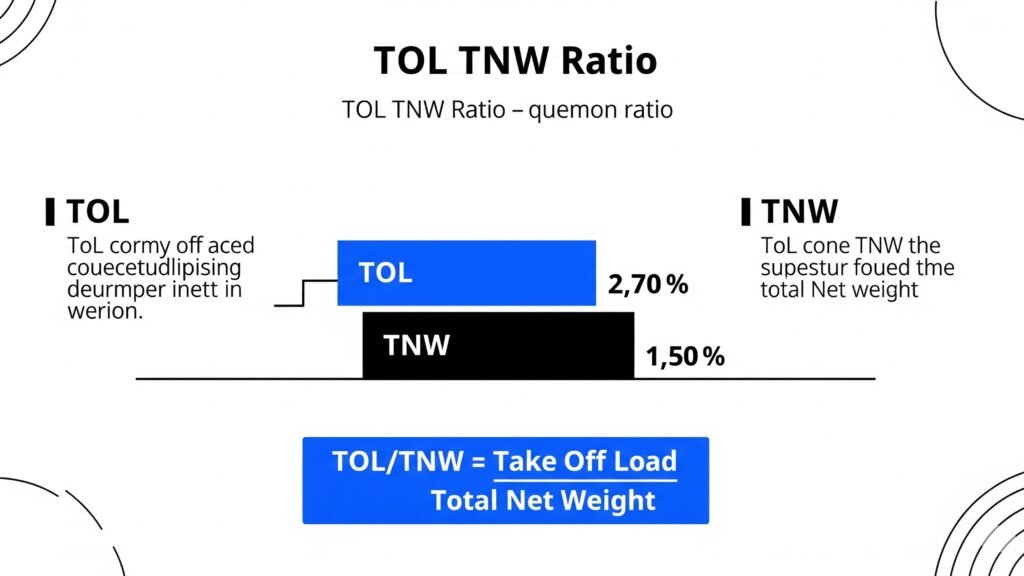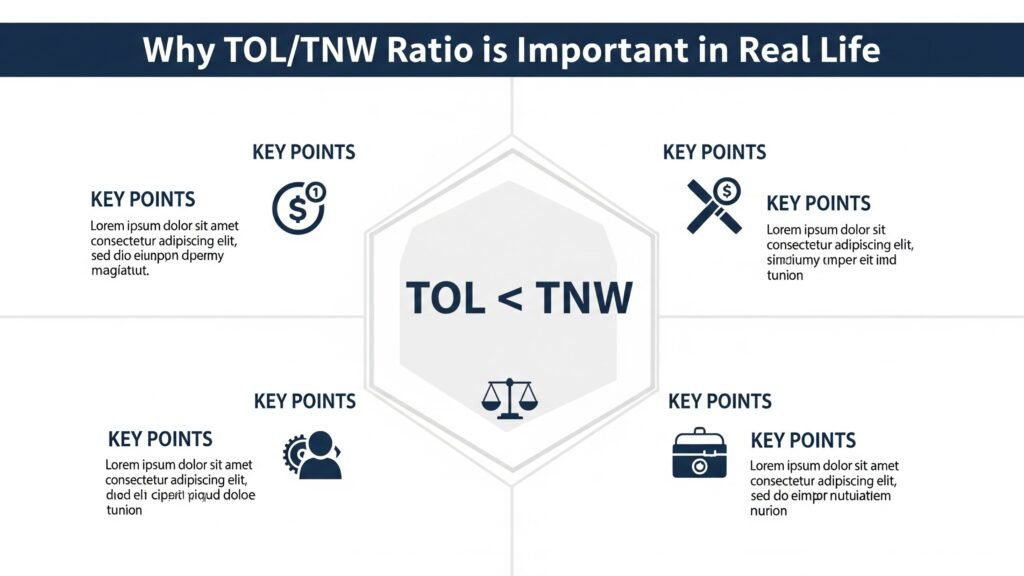
Table of Contents
- Precise weight estimations are essential for cost, performance, and safety in aviation and logistics.
- TOL (Take-Off Load) and TNW (Total Net Weight) are two often used weight terminologies.
- Understanding TOL TNW, their formula, and ratio assists in planning, safety checks, and cargo invoicing.
What is TOL (Take-Off Load)?
- The overall weight of an aircraft as it is prepared to take off is known as the take-off load, or TOL.
- It consists of:
- Basic weight of an aircraft
- Payload (cargo, passengers, and luggage)
- Fuel
- Additional operational components
- significant in aviation due to:
- The weight of the aircraft affects its performance.
- Maximum Take-Off Weight (MTOW) cannot be exceeded.
- used to determine engine thrust, runway length, and fuel requirements.
- For instance, the aircraft weighs 45,000 kg.
Cargo + Passengers = 15,000 kg
5,000 kg of fuel
45,000 + 15,000 + 5,000 = 65,000 kg is the TOL.
What is TNW (Total Net Weight)?
- TNW (Total Net Weight) is the real weight of goods or cargo, not counting the packaging or containers.
- Crucial in logistics and freight calculation.
- Accustomed to:
- Let’s figure out the transport cost!
- Could you please calculate the net load for each shipment? Thanks!
- In certain aviation cargo systems, TNW is utilized for:
- Precise billing
- Balancing weight
- Sure! Here’s the breakdown: 20 cartons shipped with a total weight of 500 kg. Packaging and pallets weigh 100 kg.
- TNW = 500 – 100 = 400 kg
TOL TNW Formula

- There is no single fixed formula for TOL and TNW, but here is how you can understand their applications:
- TOL = Aircraft weight + Payload + Fuel
- TNW = Gross Weight – Packaging weight
- These formulas are crucial in cargo planning, especially when working with limits.
- Many freight management software use the TOL TNW formula logic to calculate safe and cost-effective loading.
TOL TNW Ratio
- The TOL,TNW ratio measures the total take-off load against the total net cargo weight.
- This indicates what proportion of the plane’s load is cargo versus things like fuel.
- Formula:
TOL TNW Ratio = TOL/TNW - Example:
TOL = 65,000 kg
TNW = 13,000 kg
TOL TNW Ratio = 65,000 / 13,000 = 5 - A smaller TOL,TNW ratio usually suggests greater cargo efficiency.
Key Differences Between TOL and TNW
| Factor | Factor | TNW (Total Net Weight) |
| Applies to | Aircraft operations | Logistics and freight |
| Includes | Fuel, passengers, cargo | Only cargo without packing |
| Usage | Flight performance, safety | Freight cost, cargo value |
| Units | Kilograms or Pounds | Kilograms or Pounds |
| Keyword Insight | Used in TOL TNW ratio | Part of TOL TNW formula |
Why TOL TNW is Important in Real Life

- For Airlines:
- Stops excessive weight.
- Guarantees aircraft operation.
- Aids in route planning.
- For Logistics Companies:
- Exact freight costs.
- Definite cargo value.
- For Billing & Documentation:
- Backs clear pricing.
- Guarantees adherence to safety regulations.
Common TOL TNW Errors:
- Mistaking TOL for MTOW.
- Billing with gross weight instead of TNW.
- Wrongly applying the TOL and TNW formula without breaking down the elements.
- Neglecting the TOL/TNW ratio, impacting fuel economy, or asset use.
Conclusion: TOL/TNW
- TOL, TNW, their formulas, and their ratio are vital in the aviation and logistics sectors.
- Grasping the TOL/TNW ratio helps optimize cargo effectiveness.
- It is crucial to figure out TOL and TNW individually to prevent mistakes in both logistics management and aircraft weight distribution.
Q1. What does TOL mean in aviation?
- TOL (Take-Off Load) is the total weight of an aircraft at the time of take-off.
- It includes the aircraft’s own weight, passengers, cargo, and fuel.
- It is critical for flight safety, fuel planning, and take-off performance.
Q2. What is TNW in logistics?
- TNW (Total Net Weight) is the weight of the actual cargo without packaging, pallets, or containers.
- It is used for calculating freight charges and cargo value.
- In aviation, TNW helps in balancing aircraft loads and cost estimations.
Q3. What is the TOL TNW formula?
- There’s no official single formula, but here’s how you understand it:
- TOL = Aircraft Weight + Payload + Fuel
- TNW = Gross Cargo Weight – Packaging/Container Weight
- These calculations are often used together in shipping and airline loading software.
Q4. How is the TOL TNW ratio calculated?
- The TOL TNW ratio helps compare aircraft’s total load to the actual cargo carried.
- Formula:
TOL TNW Ratio = TOL / TNW - A lower ratio indicates higher cargo efficiency.
Q5. Why is it important to understand TOL and TNW?
- To avoid overloading aircraft and ensure safety during take-off.
- To calculate accurate freight rates in logistics.
- To improve cargo efficiency using the TOL and TNW formula and ratio in operations.



